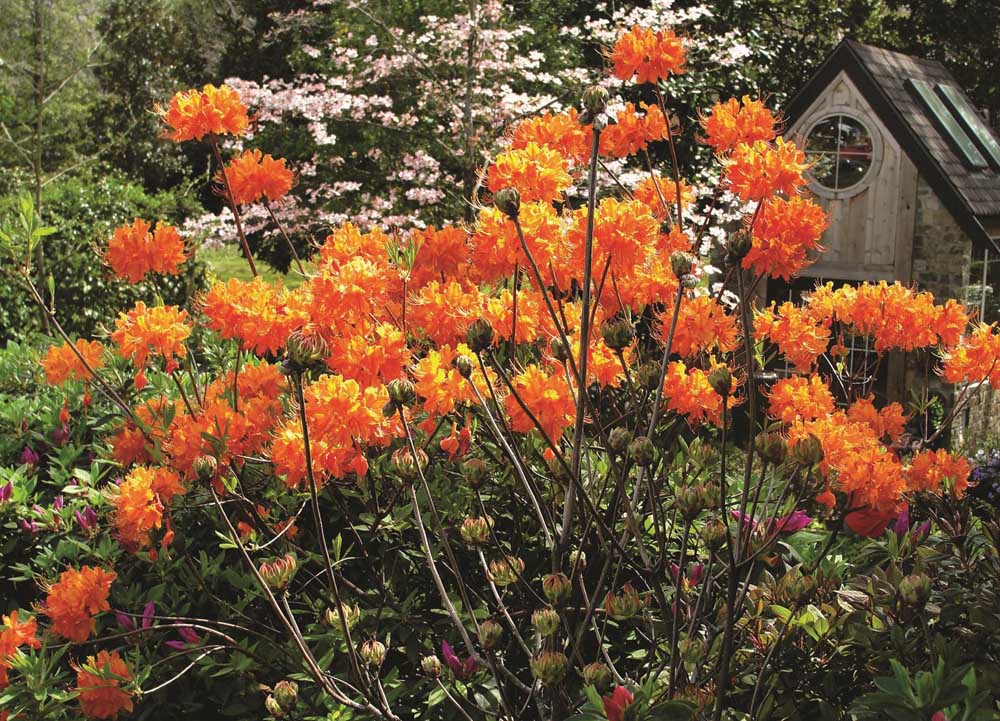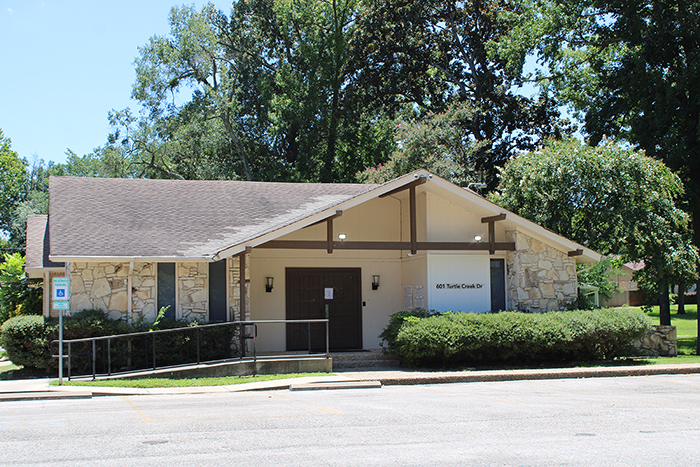Spring is a great time to pick azaleas for your landscape
Published 2:05 am Thursday, March 21, 2019

- DECIDUOUS AZALEAS come in a striking array of colors, including orange.
Nurseries sell many different kinds of azaleas. From large to small, from once blooming to repeat blooming, most everyone can find an azalea that appeals to them.
The most common azaleas grown in East Texas are Southern Indicas. They come from Japan and have mature height of 6 feet with an equal spread. Flowers are usually 2 to 3 1/2 inches across. The “big three” varieties of Southern Indicas are George Taber (lilac), G.G. Gerbing (white) and Formosa (magenta). Southern Indica azaleas are the easiest and the largest of the azaleas we can grow.
Trending
Kurume azaleas are typically referred to as dwarf. A normal size for these varieties in East Texas is 2 to 3 feet tall. Kurume azaleas grow slowly and have denser growth than Southern Indicas. Flowers are usually 1 1/2 to 2 inches across. Christmas Cheer (red), Coral Bells (pink), Hino Crimson (red), Hinodegiri (red) and Snow (white) are popular varieties.
Later-blooming varieties are the Satsuki hybrids. Satsuki means “fifth month” in Japanese.
Satsuki hybrid azaleas flower later in the spring season, usually mid-April through May. They have larger flowers than Kurumes and a low, dense, mounding growth habit. The Gumpo (pink or white) and Macrantha (pink/orange) cultivars belong to this group.
Other popular azalea groups recommended for East Texas are Glenn Dale hybrids, Carla hybrids, Girard hybrids and Robin Hill hybrids.
Glenn Dale hybrids include several hundred varieties developed as cold-hardy replacements for Southern Indica varieties. Popular Glenn Dale hybrids include Allure (rosy pink), Copperman (orangered), and Fashion (salmon to orange-red). Some of these are good fall bloomers.
Another azalea group developed for improved cold hardiness is the Girard hybrids. These compact growers produce single or double flowers in shades of white, red, pink and lavender. Popular Girard hybrids are Hot Shot (orange-red), Sandra Ann (purple) and Unsurpassable (red).
Trending
The Robin Hill azaleas bloom heavily in fall and also flower in spring, commonly leading to the name of “reblooming” azaleas. Sir Robert is a popular Robin Hill variety. Its flowers range from white to pink. The most popular Robin Hill variety is Watchet, which produces large 3 1/2-inch flowers that are clear pink and ruffled. Plants are compact and spreading. Conversation Piece is a bicolored Robin Hill variety.
Encore azaleas are “the azalea that knows no season.” With 30-plus varieties now, you can have a wide range of bloom time, plant heights and colors.
Still yet, the larger growing deciduous azaleas are bred from native azaleas but are a bit harder to find in the trade. Retired Smith County horticulturist Keith Hansen is our resident azalea expert. He says, “I have not met a native, deciduous azalea that I do not like! They are striking shrubs, most flowering before the leaves return with fragrant, honeysuckle-shaped blooms that come in startling colors that attract not only the human eye but also butterflies like swallowtails.”
Keith goes on to say, “One of my favorite evergreen azaleas is Midnight Flare, with some of the darkest red flowers and glossy dark green leaves. It pairs well with another favorite, Watchet, with large pink flowers. Both typically bloom in late March on to April, and Watchet will repeat bloom in the fall.”
Spring is a great time to pick out azaleas at garden centers, since you can see exactly what colors you are getting. Just remember that they need well-drained organic soils, partial shade, mulch and summer irrigation every two weeks during June, July and August.
Greg Grant is the Smith County horticulturist for the Texas A&M AgriLife Extension Service. He is co-author of “Heirloom Gardening in the South.” You can read his “Greg’s Ramblings” blog at arborgate.com, follow him on Facebook at “Greg Grant Gardens” or read his “In Greg’s Garden” in each issue of Texas Gardener magazine (texasgardener.com). More science-based gardening information from the Texas A&M AgriLife Extension Service can be found at aggie-horticulture. tamu.edu.






